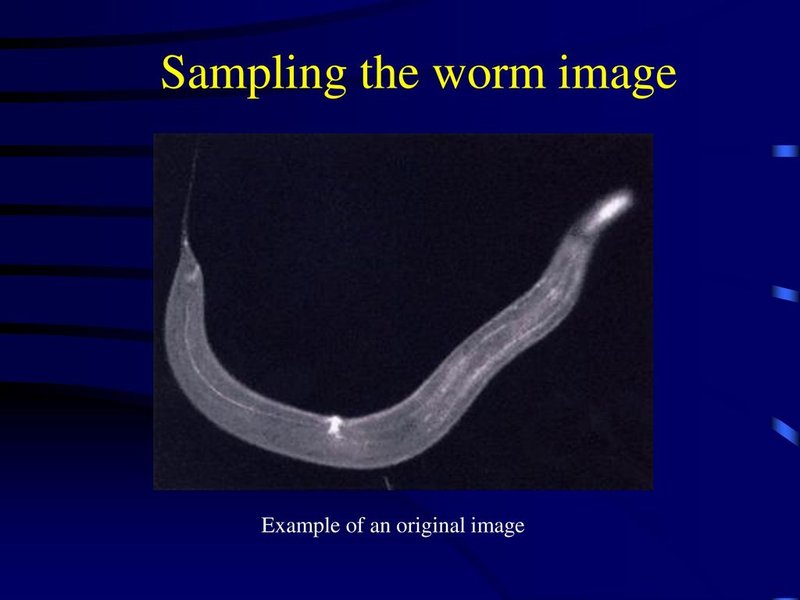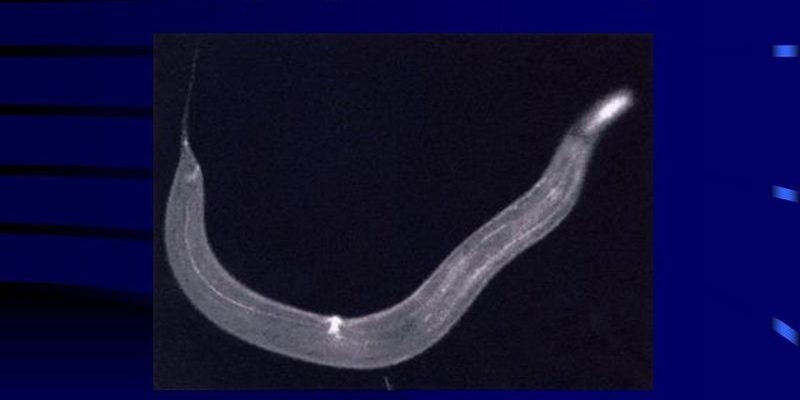
So, how exactly do we keep track of these little pests? Think of soil sampling as a way to peek beneath the surface, literally. It’s like checking the pulse of your garden to see what’s going on under the soil. With the right techniques and a bit of knowledge, you can learn not just how many grubs are present, but also how to manage them effectively. Let’s dig into the details of soil sampling and grub monitoring!
What Are Grubs and Why Do They Matter?
Grubs are the larval stage of certain insects, mainly beetles, like the Japanese beetle and the European chafer. They look like small, white, C-shaped worms and live just below the surface of the soil. Here’s the kicker: they feed on grass roots and organic matter, which can lead to brown patches in your lawn or dying plants.
You might be wondering why you should care about these critters. Well, if your garden or lawn has been looking a bit worse for wear, grubs could be the culprits. By monitoring their activity, you can take action before they cause serious damage. Think of it as maintaining a healthy ecosystem in your backyard. After all, a healthy lawn is not just beautiful; it’s also thriving!
How Soil Sampling Works
Soil sampling is pretty straightforward, but it’s crucial to do it right. The goal is to collect a representative sample of your soil to assess the grub population. This involves taking samples from several areas of your lawn, not just one spot. Here’s how you can do it:
1. Gather Your Tools: You’ll need a soil sampler (a tool that helps you collect soil), a trowel, and a container for samples.
2. Choose Your Spots: Pick a few areas across your lawn or garden. This gives you a complete picture of what’s happening below the surface.
3. Collect Samples: Use the soil sampler to dig down about 4 to 6 inches. This depth is where grubs usually hang out. Be sure to dig up samples from multiple spots.
4. Mix It Up: Combine all those samples in your container. This blended sample will give you the best indication of grub activity.
Here’s the thing: the more samples you take, the more accurate your assessment will be. Think of it like taking the average of several test scores. One sample might give you a skewed view, but a mix of samples paints a clearer picture.
Recognizing Signs of Grub Infestation
You might not always see grubs when you dig into the soil, but there are clear signs they’re around. Here are a few things to look for:
– Brown Patches: If parts of your lawn are turning brown or feel spongy when you walk on them, that could indicate grub damage. Grass roots could be damaged or eaten away.
– Bird Activity: Watch for birds pecking at your lawn. They often feed on grubs, so increased bird activity can be a telltale sign that grubs are present.
– Flourishing Pest Population: If you notice other pests, like moles or raccoons, digging up your lawn, they might be after the grubs.
If you notice these signs, it’s not too late. Regular soil sampling will help you understand the problem before it gets out of hand!
When to Sample Your Soil
Timing is key when it comes to monitoring grub activity. The best time for soil sampling generally depends on the life cycle of the grubs and the types of beetles that lay the eggs.
– Late Spring to Early Summer: This is when adult beetles are most active and laying eggs. Sampling during this time can help you catch early signs of grub activity.
– Late Summer to Early Fall: This is when grubs are at their largest and most damaging. Sampling in late summer can help you determine how severe the infestation is before winter.
Sampling at these times allows you to take action when it matters most. You wouldn’t want to wait until your grass is already brown, right? Think of it like getting a check-up; the earlier you catch a problem, the easier it will be to fix!
Interpreting Your Soil Sample Results
Once you’ve collected your samples, you need to analyze them. This could mean sending them off to a lab, or you can get a rough idea yourself. Here’s what to look for:
– Grub Count: Count how many grubs you find per square foot of soil. Generally, if you find more than 5 grubs per square foot, you may want to take action.
– Soil Condition: Pay attention to the health of the soil itself. Healthy soil is usually dark and crumbly, while poor soil can indicate issues beyond just grubs.
Remember, not all grubs are harmful! Some are actually beneficial for the soil, so knowing their presence is key. If your results show a high number of grubs along with unhealthy soil, then it’s time to strategize on how to manage them.
Managing Grub Populations
If your soil sampling indicates a potentially harmful level of grubs, it’s time to take action. Here are some effective strategies for managing grub populations:
– Beneficial Nematodes: These microscopic worms can help control grub populations naturally. They seek out grubs and infect them, reducing their numbers without harming other beneficial insects.
– Neem Oil: This natural pesticide disrupts the growth of grubs and is safe for other beneficial insects. Just be sure to follow the application guidelines.
– Cultural Practices: Maintain a healthy lawn by watering properly, mowing at the right height, and overseeding with resistant grass varieties. A strong lawn can withstand some grub damage.
Monitoring grub worm activity through soil sampling isn’t just about identifying pests; it’s about creating a balanced environment for your plants and lawn. With the right practices, you can keep grubs in check and ensure your garden continues to thrive.
Monitoring grub worm activity with soil sampling might seem like a chore, but it’s an essential part of lawn care that pays off in the long run. By understanding what grubs are, how to sample soil effectively, when to do it, and how to manage any infestations, you’re taking a proactive approach to maintaining a healthy garden.
Remember, the goal is to create a healthy ecosystem where both your plants and soil can flourish. So grab your soil sampler, check under the surface, and keep those pesky grubs at bay! Your garden will thank you.

